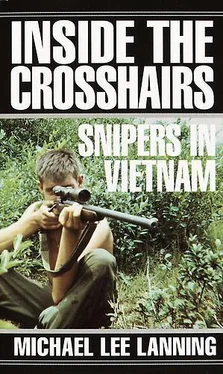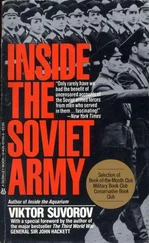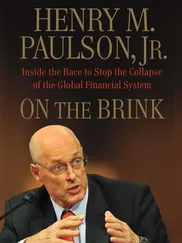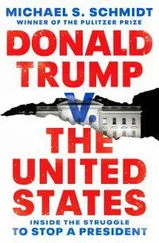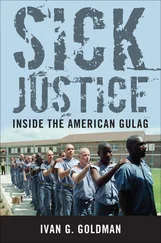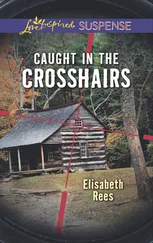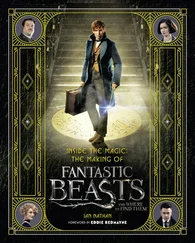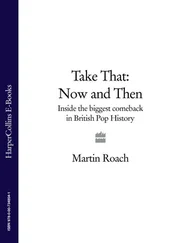When Frazer fell, his troops broke off their attack and retreated, forcing Burgoyne to cease his offensive and withdraw northward to Saratoga, where the Americans surrounded the British positions. Morgan’s sharpshooters fired at all redcoats who dared expose themselves. On October 17, the British surrendered. Burgoyne acknowledged the impact of the American longriflemen on the battle, later remarking, “Morgan’s men were the most famous Corps of the Continental Army. All of them crack shots.”
The surrender of the British at Saratoga was a turning point in the war because the Americans realized that they could defeat the British on the battlefield. Murphy’s well-aimed shot that brought down Frazer and disrupted the British advance certainly contributed to the victory. Also, as a result of the victory at Saratoga, France recognized the United States and became a valuable ally.
Morgan’s riflemen continued to harass the British, adding substantial numbers to their kills for the remainder of the war. Murphy changed units several times, and there is evidence that on occasion he dressed as a civilian or an Indian to penetrate enemy lines.
Other British commanders came to the same conclusions as Burgoyne about the efficiency of the American riflemen. They formed their own sharpshooter units and hired German jaegers—at double the going rate for mercenaries—to cross the Atlantic to fight the American rebels. [8] The literal translation of jaeger is “hunter.”
Many of the jaegers were no more than glorified sports hunters, having little ability or motivation to be military sharpshooters. The few companies of jaegers that did make their way to America had no impact on the war because of their lack of military experience and the fact that their short-barreled rifles proved inferior to the American long rifles.
Major Patrick Ferguson of the 70th Foot Regiment led a more successful British effort to employ marksmen in the American Revolution. Ferguson, known throughout Britain as the finest shot in the army, developed an extremely accurate, rapid breech-reloading rifle early in the war. Capable of mounting a bayonet on its thirty-four-inch barrel, the .68-caliber “Ferguson rifle” could fire four to six rounds per minute.
Ferguson brought 100 of his rifles to the United States in 1777 and succeeded in killing and harassing the enemy forces at long ranges. Ferguson had an even greater opportunity than Tim Murphy to influence the outcome of the war. Yet he did not take it.
Early on the morning of October 4, 1777, in a heavy fog at Germantown, near Philadelphia, Ferguson went forward of the British lines with a local guide in the hope of finding an unsuspecting target. General George Washington, on a reconnaissance mission with a few of his staff, approached within range of the British marksman. The guide told Ferguson that the mounted soldier was the commander of the American army, but before the British officer could shoot, Washington and his party turned back toward their lines. Ferguson did not fire. He explained in a letter to a relative, “It is not pleasant to fire at the back of an unoffending individual who was acquitting himself very coolly of his duty, so I let him alone.”
A few days later Ferguson suffered serious wounds and his company was disbanded. No written records provide the British rationale for discontinuing the sharpshooter unit and withdrawing the rifles from the service other than that the Ferguson rifles’ stocks tended to crack during sustained service and that their nonstandard caliber increased logistic problems.
The real reason, however, might have been attitudinal and economic. British officers in general strongly disdained the ungentlemanly practice of shooting the enemy from hidden positions at far distances. They also believed that few soldiers could ever master the skill of range estimation required for accurate shooting. British enlisted men also disliked the sharpshooter concept and few volunteered. Most of Ferguson’s marksmen came not from the ranks of the regular British army but from Carolinian and Virginian loyalists.
The British were slow to adopt rifles to replace muskets for several other reasons as well. The cost of rifles limited their production, and the long Napoleonic Wars (1792–1815) were depleting the royal treasury. Also, the longer time required to reload a rifle discouraged its use in the mass formations the British favored.
The British did, however, eventually organize sharpshooter units to combat the French and their allies on the Continent. During the campaign in Spain, the British formed the 5th Battalion, 60th Regiment, composed mostly of German mercenary sharpshooters, and the 95th Rifles, manned by British marksmen. A short-barreled .65-caliber rifle, designed by British gun maker Ezekiel Baker to weigh nine and one-half pounds, served as the primary weapon of both units. It could fire a smaller shot in a smooth-bore mode or a larger one as a rifle, but the “Baker rifle” had a limited range of about 200 meters. Baker made his product more acceptable to army traditionalists by including a long bayonet in its design.
The limitations of the Baker rifle did not prevent British sharpshooters from making their mark on the Peninsula Wars. During the battle at the bridge of Cacabelos on January 16, 1809, a member of the 95th Rifles killed French General Auguste François Colbert with a single shot.
The 60th Regiment, also known as the King’s Royal Rifles, made its own lasting impression. In a letter to his minister of war in September 1813, French Marshall Nicolas Soult wrote an excellent account of the British sharpshooters’ tactics and influence. According to Soult, “There is in the English Army a battalion of the 60th, consisting of three companies. This battalion is never concentrated, but has a company attached to each infantry division. It is armed with a short rifle; the men are selected for their marksmanship; they perform the duties of scouts, and in action are expressly ordered to pick off officers, especially field or general officers.”
Marshall Soult also noted the effectiveness of the sharpshooters units: “This mode of making war and of injuring the enemy is very detrimental to us; our casualties in officers are so great that after a couple of actions the whole number are usually disabled. I saw battalions whose officers had been disabled in the ratio of one officer to eight men. I also saw battalions which were reduced to two, or three officers, although less than one-sixth of their own men had been disabled.”
Other armies also adopted the use of special marksmen. Spanish guerrillas employed sharpshooters during the Peninsula Wars. The Russians issued as many 20,000 rifles, known as “Mupa muskets,” to their regular infantry forces during the conflict on the Continent. The single most influential shot of the Napoleonic Wars, however, was fired by a sharpshooter attached to the French navy.
On the morning of October 21, 1805, Private Robert Guillemard clambered into the rigging of the French man-of-war Redoubtable as the British fleet closed off Spain’s Cape Trafalgar. When the HMS Victory came alongside the Redoubtable , Guillemard spotted a man in an admiral’s uniform complete with glittering cords and decorations. The French rifleman fired a shot that struck Admiral Horatio Nelson in the spine and killed him. The British would ultimately win the battle and the war, but on that day in October, a French private brought down a British admiral with a single round. [9] Guillemard certainly deserves credit for the shot that killed Lord Nelson. However, it is interesting to note that, with the ships locked together, the French marksman’s range to target was at most forty to fifty feet.
Back in the United States, American gun makers continued to make improvements to muskets and rifles. However, because of its lower manufacturing costs and speed of reloading, the smooth-bore musket remained the primary weapon of the small post-Revolution U.S. Army. Springfield, Massachusetts, and Harpers Ferry, Virginia, became the American arms-manufacturing centers, producing a series of musket models that incorporated improvements and standardized parts while staying with a caliber of .69 and a barrel length of forty-two to forty-four inches. During the first decade of the nineteenth century, smooth-bore muskets constituted more than 80 percent of U.S. long-weapon production.
Читать дальше
